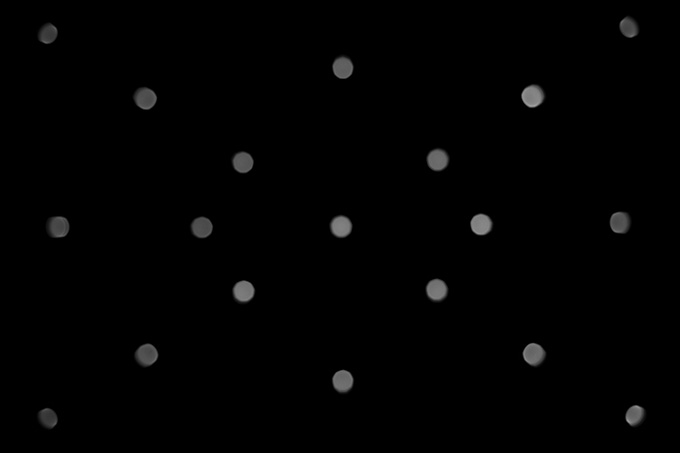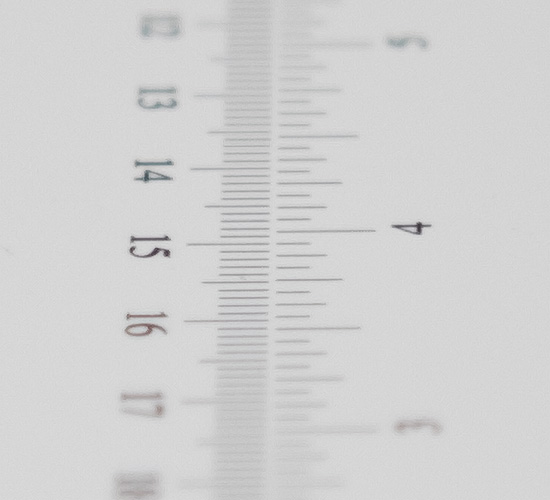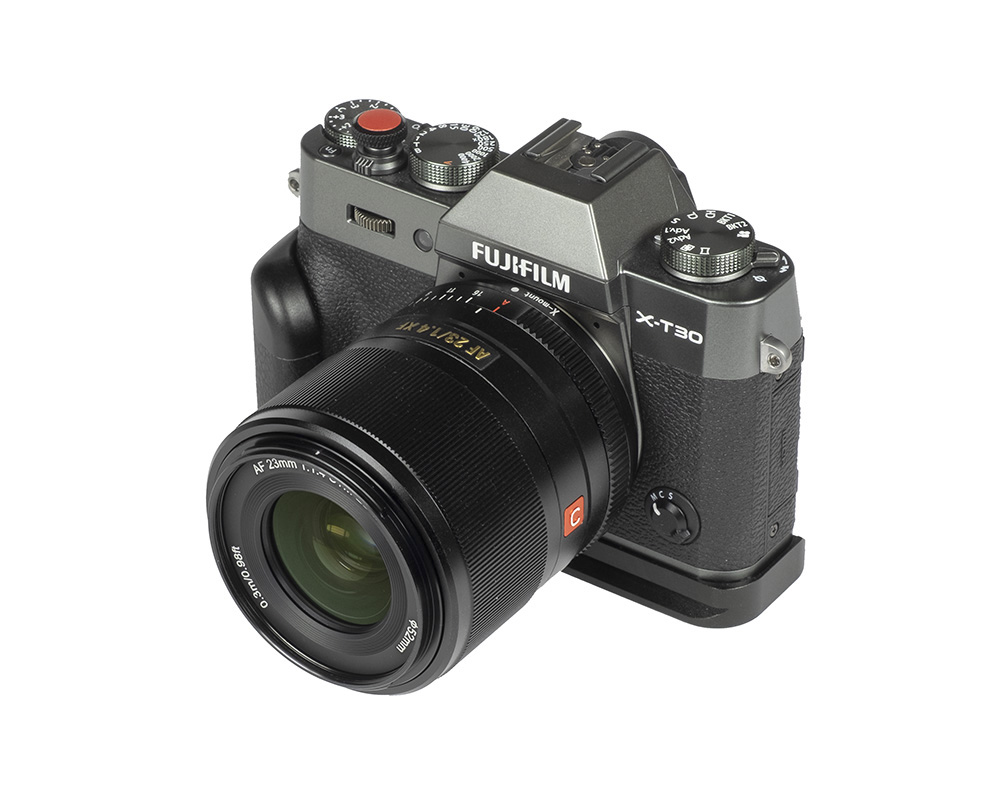Introduction
A little while ago, we reviewed the Viltrox AF 85mm f/1.8 and we were impressed by the maturity of the product – despite being a newcomer in this market. But obviously, they didn’t want to stop there and their roadmap shows several lenses for release in 2020. One of them is the Viltrox AF 23mm f/1.4 XF which is now available in Fujifilm X and Sony E mount. It’s a native APS-C format lens equivalent to “35mm” in full-format terms or in other words – a moderate wide-angle lens. Now you may argue that the Fujifilm system doesn’t really require another 23mm lens – after all, there’s the XF 23mm f/1.4 and XF 23mm f/2 WR. However, there’s a “bit” of a difference between the Viltrox and the Fujifilm lenses – the pricing. The Fujinon XF 23mm f/1.4 R costs no less than $899 and the f/2 WR still goes for $449 whereas the Viltrox AF 23mm f/1.4 XF is sold for merely $329 …
You may think that the very affordable pricing has an impact on the build quality but this is not the case. It doesn’t feature weather-sealing but the build quality is actually very good indeed. Most of the lens is made of metal including the large focus ring. It also features a dedicated, step-less aperture ring (plastic here). This may not be ideal for photography purposes at least but it’s not really an issue in our book. You can, of course, also control the aperture via the camera when setting the aperture ring to A-mode. The length of the lens remains constants throughout the focus range. A petal-shaped lens hood – made of metal – is provided.
Note: A word of caution for owners of Fujifilm X-Pro 3 cameras – the lens is currently not compatible with this camera because the lens release button on this camera interferes with the diameter of the lens.

The Viltrox lens uses a stepping motor for auto-focusing. It works fast and noiselessly. Manual focusing works, as usual, by wire and is about as good as on modern Fujifilm lenses. EXIF data is provided. On the downside, there is no built-in correction profile thus you have to rely on the raw optical capabilities of the lens in JPEG mode. That being said, Viltrox provides correction profiles for Photoshop and Lightroom on their website – these are still a bit coarse around the edges though. Updates to the lens’ firmware are also possible using a USB port on the lens mount.
Viltrox also released the AF 33mm f/1.4 alongside the AF 23mm f/1.4 – the similarity between these two lenses in terms of shape is quite striking as you can see below.

Distortion
The Viltrox AF 23mm f/1.4 doesn’t really require image auto-correction when it comes to image distortions. It produces a tiny barrel distortion of 0.2%. There’s a mustage-style sub frequency in there but given the low base distortion, it’s not really annoying.

Vignetting
The vignetting characteristic of the Viltrox lens is roughly in line with other high-speed lenses. At f/1.4, there’s a quite heavy light falloff of 1.3EV (f-stops). Stopping down to f/2 helps but it’s best to go for f/2.8 if you want to reduce the issue to a near-negligible degree of ~0.5 EV.
If you apply the Viltrox correction profile in Photoshop, the vignetting is almost fully compensated. In fact, it almost looks like that center is darker than the corner thereafter (Imatest probably doesn’t show “negative” vignetting numbers here).

MTF (resolution)
The Viltrox AF 23mm f/1.4 has two souls when it comes to resolution. The broader center performance is decent at f/1.4 and more so at f/2 but the borders and corners are weak and the contrast is also slightly reduced. This changes at f/2.8. The center quality reaches an excellent level here and the outer image field improves substantially. The peak performance is reached between f/4 and f/5.6 where the borders/corners provide very good quality as well. Diffraction has a higher impact beyond but f/8 remains very usable whereas f/11 sees a higher decrease in resolution.
The field curvature is marginal. The centering quality of the tested sample was good.
Please note that the MTF results are not directly comparable across the different systems!
Below is a simplified summary of the formal findings. The chart shows line widths per picture height (LW/PH) which can be taken as a measure for sharpness. If you want to know more about the MTF50 figures you may check out the corresponding Imatest Explanations

Chromatic Aberrations (CAs)
Lateral CAs are fairly high at a large aperture with a peak beyond 2px on the average at the image borders. However, in sync with the resolution the CAs improve substantially from f/2.8 onward.

Bokeh
If you are interested in such a lens, you do so because of the ultra-large aperture and its shallow depth-of-field potential – and the quality of the bokeh (rendering of the out-of-focus blur) becomes an important criterion.
The Viltrox lens isn’t perfect in this respect but it has its merits. No pun intended but out-of-focus highlights are a highlight. The lens does not feature aspherical elements which is the type of special glass that tends to introduce artifacts. Thus highlights are very clean as you can see below. There’s just a bit of an outlining effect. While the lens has 9 aperture blades, a slightly edgy aperture shape does show up at f/2 already though.

The images below illustrate the deterioration of the out-of-focus highlights towards the image corners. Note: Please ignore the fuzzy shape of some discs – this is a side effect of the wide-angle character of the lens in conjunction with the protruding photodiodes of the test scene.
The highlight discs are intact in the broader center zone but they deteriorate towards the borders/corners of the image field – this is a mechanical vignetting effect that is pretty much unavoidable. The circular shape can be restored by stopping down but a complete correction requires a quite small aperture setting.



As far as the general blur is concerned, the Viltrox is, once again, Jekyll and Hide. Near the image center, as shown below, the fore- and background blur is quite smooth.

However, the characteristic is a bit more complex than that. The quality of the blur deteriorates sharply in the image corners. Below is a crop from one of our sample images (available for download on the next page). As you can see, this shows a very harsh bokeh here. Please note that this is a worst-case scenario here. You won’t see this in all shallow depth-of-field scenes.

Conversely, here’s a buttery crop from the image center.

Bokeh Fringing (LoCA)
Bokeh fringing – also referred to as LoCAs – is a color fringing effect on the Z-axis. It shows up as purplish halos in front of the in-focus zone and greenish beyond. The effect is clearly visible at f/1.4. Stopping down to f/2 reduces the fringing and there are traces left at f/2.8. As usual, the LoCAs are mostly gone from f/4 onward (not shown).
Keep in mind that bokeh fringing is normal in all but a handful of very expensive APO lenses.



Sample Images
The Viltrox AF 23mm f/1.4 XF may not be as good as the competing Fujinon lenses but it easily beats both of them in terms of value. At $329/349EUR, it is almost shockingly priced for such a fast lens. Therefore you may forgive that it has a couple of weak spots. At f/1.4, you have to live with reduced contrast and weak corners but the center quality is pretty good. The question may be whether you really require more than a sharp center here because, usually, you will not place your main subject in the image corners anyway. That being said - it is a limiting factor for astrophotography, for instance. If you want very sharp results across the image field, the Viltrox lens can provide this when stopping down to f/4. Lateral CAs could be a little better at f/1.4 and f/2 but you can, once again, tame them by stopping down a bit (or use CA correct in your favorite RAW converter). Image distortions are very low and that's without any digital trickery. The vignetting characteristic is typical for such a high-speed lens thus there's some visible light falloff at large-aperture settings. The bokeh has its ups and downs depending on the scene. Out-of-focus highlights are nicely rendered. The blur near the image center is very smooth but harsh contrasts in the image corners can be challenging for the lens.
The mechanical quality of the Viltrox AF 23mm f/1.4 XF is surprisingly high. It's tightly assembled and most of the lens is made of metal including the lens hood. You may expect that a lens from a newcomer company struggles in terms of AF but this is not the case really. The focusing speed is very high and AF operations are noiseless - just as they should be. For your peace of mind, it's also good to know that Viltrox keeps on updating the firmware of the lens (currently at v1.0.6).
So all-in-all, the Viltrox lens may not be perfect but if you can live with its limitations, you can get a lot of bang for your bucks here.
-
Optical Quality
-
Build Quality
-
Price / Performance


